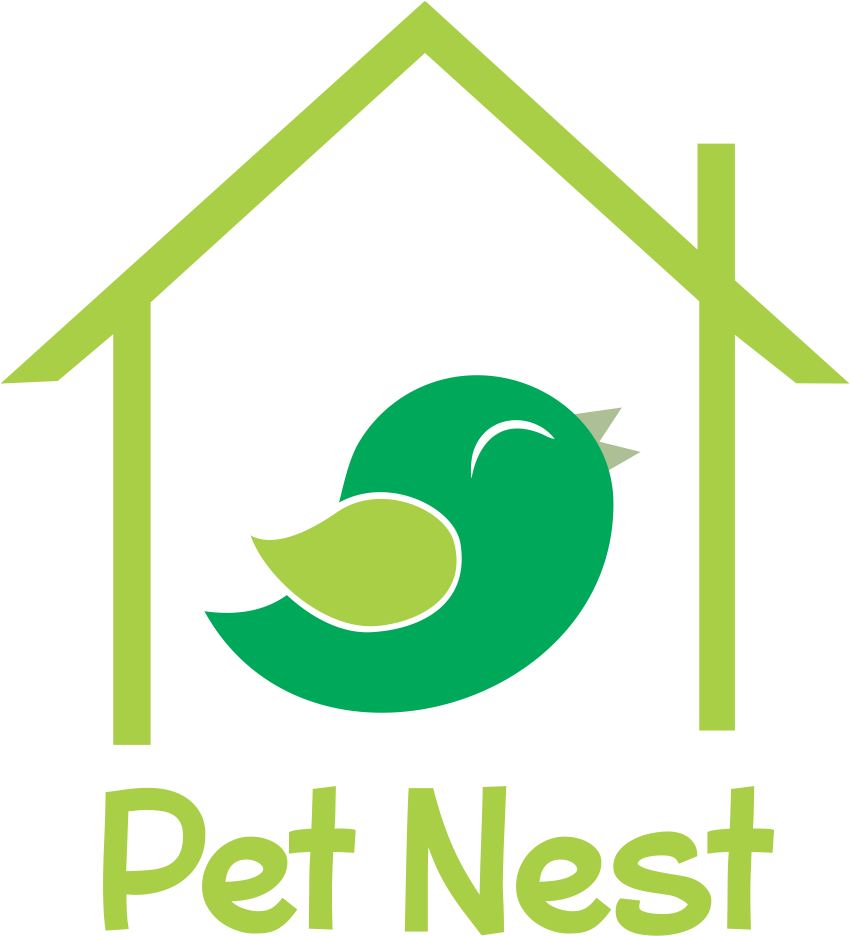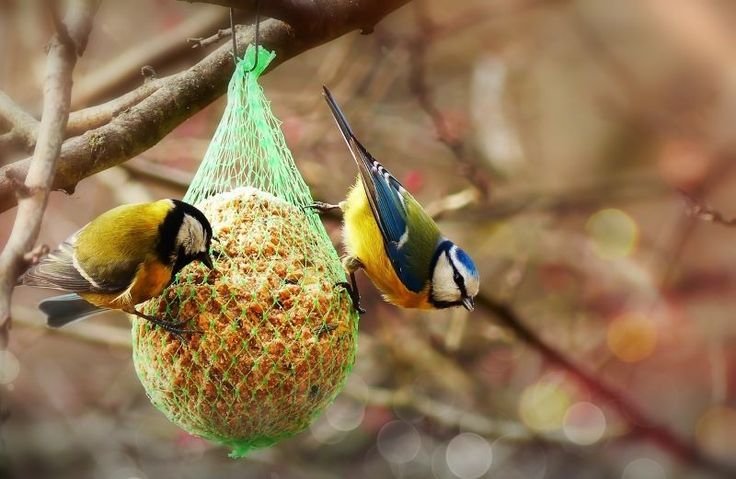In the bustling world of nature, where every creature plays a vital role, birds hold a special place. Their melodious songs, vibrant plumage, and graceful flights bring life and color to our surroundings. As stewards of our environment, it’s our responsibility to ensure that these feathered friends have access to the nourishment they need. One way to do so is by providing them with a variety of foods in our gardens. Let’s explore the importance of feeding birds and how we can create a haven for them right in our backyard.
Why Feed Birds?
Birds play a crucial role in our ecosystem. They help control insect populations, pollinate plants, and disperse seeds, contributing to biodiversity and the health of our environment. However, natural habitats are increasingly threatened by urbanization, deforestation, and climate change, making it challenging for birds to find sufficient food sources. By offering them food in our gardens, we not only support their survival but also enhance our own connection to the natural world.
Types of Bird Food:
Just like humans, birds have diverse dietary preferences. To attract a variety of species to your garden, it’s essential to offer a range of food options:
- Seeds: Many birds, such as finches, sparrows, and cardinals, are seed-eaters. Black oil sunflower seeds, nyjer seeds, millet, and safflower seeds are popular choices. You can provide these seeds in feeders placed strategically around your garden.
- Nectar: Hummingbirds are attracted to nectar-producing flowers. Planting tubular flowers like trumpet vine, bee balm, and salvia will entice these tiny, vibrant birds to visit your garden.
- Insects: Insectivorous birds like robins, warblers, and bluebirds rely on insects as a primary food source. Avoid using pesticides in your garden to ensure a steady supply of insects for these feathered insect hunters.
- Fruits: Many birds enjoy feasting on fruits such as berries, apples, and grapes. Planting fruit-bearing trees and shrubs provides not only food but also shelter for birds.
- Suet: Especially valuable in winter, suet provides essential fats and energy for birds during colder months. Hang suet feeders containing a mixture of rendered fat, seeds, and nuts to attract woodpeckers, chickadees, and nuthatches.
Creating a Bird-Friendly Garden:
Transforming your garden into a welcoming oasis for birds requires a few simple steps:
- Provide Shelter: Dense shrubs, trees, and bushes offer birds protection from predators and harsh weather conditions. Create layers of vegetation to accommodate different species’ nesting and roosting preferences.
- Water Source: Birds need water for drinking and bathing. Install a birdbath or a shallow dish of water in your garden, ensuring it’s cleaned and refilled regularly.
- Feeders: Place bird feeders in visible locations, preferably near trees or shrubs where birds can perch safely. Keep feeders clean and regularly stocked with fresh food.
- Native Plants: Choose native plant species for your garden, as they provide food and habitat that birds are adapted to. Native plants also require less maintenance and are better suited to local environmental conditions.
- Safety Measures: Minimize hazards such as window collisions by placing decals or reflective tape on windows. Keep cats indoors, as they pose a significant threat to birds.
Conclusion:
Feeding birds in your garden is a simple yet rewarding way to connect with nature and contribute to conservation efforts. By providing a diverse array of foods, shelter, and water, you can create a thriving ecosystem that benefits both birds and humans alike. So, roll up your sleeves, grab some birdseed, and let’s make our gardens a haven for our feathered friends.

